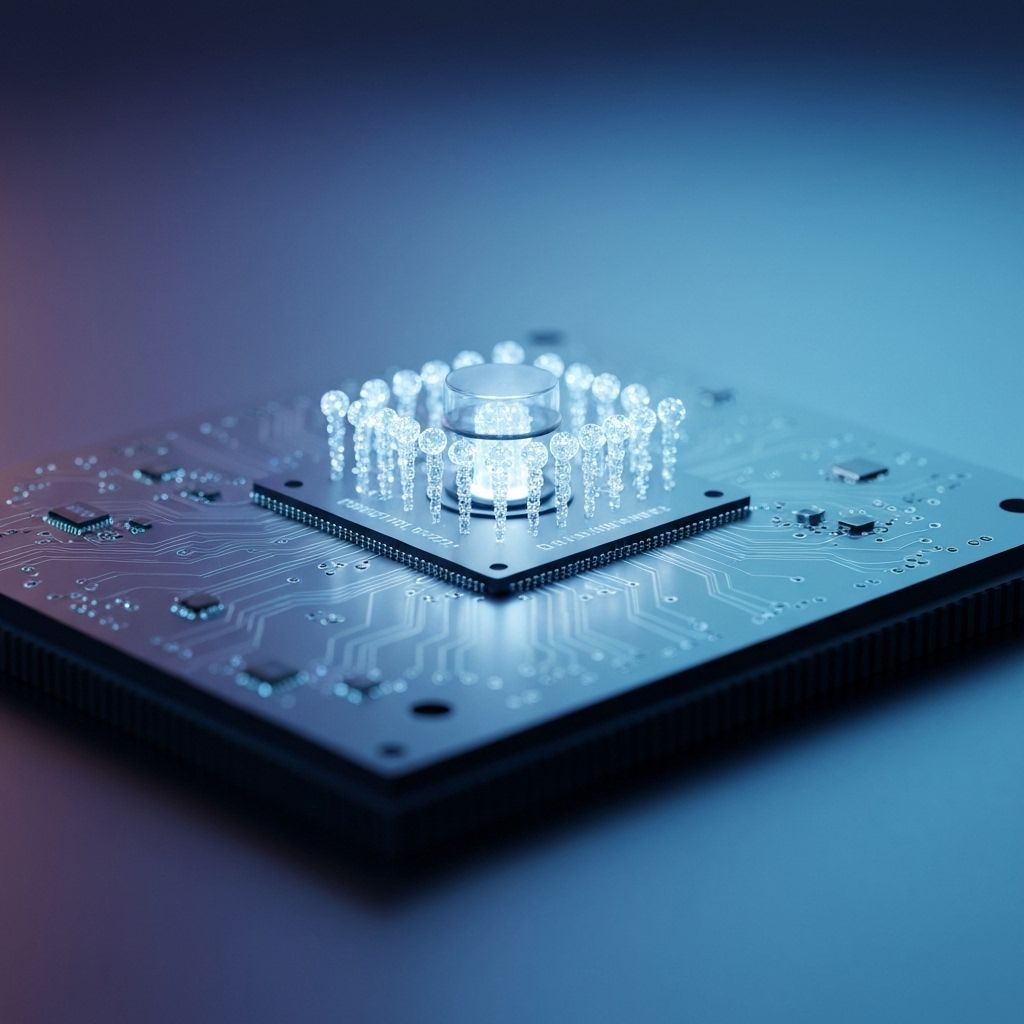Neural Networks: How Machines are Learning to Mimic the Human Brain
The Architecture of Intelligence
Neural networks, inspired by the intricate structure and function of the human brain, have evolved from simple academic concepts into sophisticated deep learning architectures that are the driving force behind the current AI revolution. These systems learn hierarchical representations of data, automatically extracting complex features and identifying intricate patterns that would be impossible for humans to program manually. This ability to learn from raw data is what distinguishes them from traditional algorithms.
Key Architectures and Their Impact
Different types of neural networks are designed for specific tasks, each excelling in its domain:
-
Convolutional Neural Networks (CNNs): CNNs have revolutionized computer vision. By using layers of "filters" to detect edges, textures, and shapes, they enable machines to recognize objects, faces, and entire scenes with superhuman accuracy. They are the foundational technology behind autonomous driving perception systems, advanced medical image analysis for disease detection, and sophisticated surveillance systems.
-
Recurrent Neural Networks (RNNs) and Transformers: These architectures are designed to process sequential data, making them ideal for natural language processing (NLP) and time-series analysis. Transformers, in particular, have transformed the field with their attention mechanisms, powering everything from Google Translate and advanced chatbots to generative AI models like GPT that can write human-quality text, summarize complex documents, and even generate code.
Pushing the Boundaries of AI
At RaxCore, our neural network research is focused on two key areas: efficiency and interpretability. We are developing novel architectures that achieve state-of-the-art performance while using up to 80% less computational power, making advanced AI accessible to a wider range of organizations and enabling deployment on edge devices. Furthermore, we are working on "Explainable AI" (XAI) techniques to make these complex models less of a "black box," providing insights into how they arrive at their decisions, which is critical for trust and debugging in sensitive applications.
The next frontier is neuromorphic computing—designing computer chips that are fundamentally modeled on biological neural networks. This convergence of software and hardware promises to unlock AI capabilities and energy efficiency that we can barely imagine today, bringing us one step closer to truly intelligent machines that can learn and adapt in real-time with minimal energy consumption.



